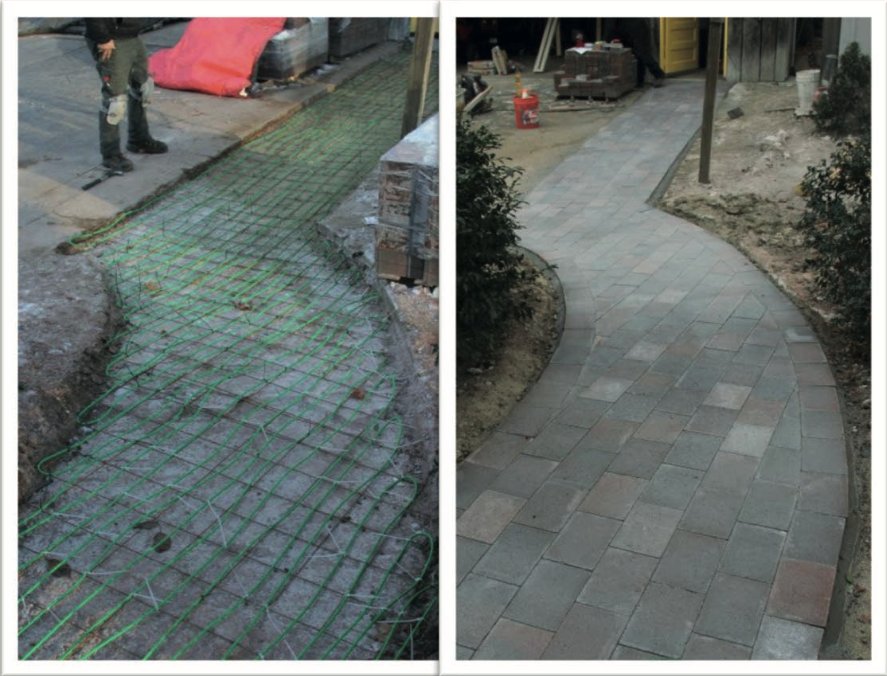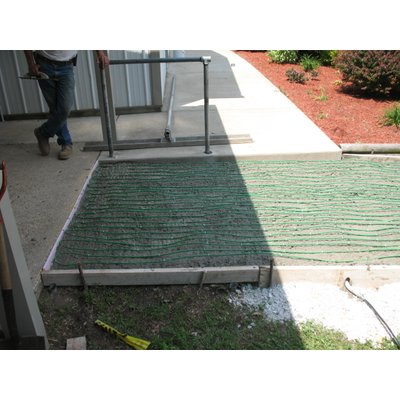
Thanks to the Americans with Disabilities Act (ADA), Americans are used to seeing ramps everywhere — on street curbs, at entrances and exits to buildings, and near interior stairways. These accessibility ramps are located pretty much everywhere steps could present an obstacle. But the thought of installing a ramp might not cross most peoples’ minds until they or someone they love suddenly becomes in need of an assistive device. According to the Centers for Disease Control and Prevention, 2.2 million people in the United States depend on a wheelchair daily, and 6.5 million use a cane, walker or crutches to get around. With the baby boomer generation becoming increasingly interested in the concept of universal design so that they can “age in place,” ramps might become much more top of mind for many individuals.

Whether you’re a homeowner looking to install a residential ramp or a contractor tasked with an increasing amount of ramp projects, ADA guidelines are a great first place to start. The ADA provides the wheelchair ramp specification, code and handicap access guidelines that most businesses are required to follow. Residential projects may not be required to meet these same guidelines; however, they offer a great reference point for recommended width, handrails and slope of a ramp. For instance, the ADA requires that a ramp be at least 36 inches wide, from handrail to handrail. It also must have a slope with a maximum ratio of 1:12. And, it must feature level landings at the top and bottom that are designed to prevent the accumulation of water. By following the guidelines for slope and landing design, homeowners and contractors alike can ensure that the ramp will be as safe as possible during wet conditions.
However, we know that snow and ice don’t flow off ramps the same way that water does. So what is the best way to keep ramps safe during the winter months?
Snow-Melting Systems for Accessibility Ramps

in concrete to create a safe residential ramp.
WarmlyYours Radiant Heating offers snow-melting mats and cable for driveways, walkways, patios and — you guessed it — ramps! These systems use electricity to melt snow and ice before it becomes hazardous. Imagine snow falling on an already warm car while it’s sitting in traffic. The snow immediately melts. This is the same concept as an electric snow-melting system.
The snow-melting system must be embedded in concrete, asphalt or mortar under pavers. You can choose to use mats for easier installation or cable for a more cost-effective alternative. Both systems radiate 50 watts per square foot, so you can be sure that strong heat is radiating upward through the pavement to keep your ramp clear and dry.
Because the snow-melting system is embedded within the surface itself, the best time to install it is when a ramp is being redone, expanded or created for the first time. Additionally, the ramp and complementary snow-melting system should ideally be installed between late spring and late fall to ensure that the ground temperature is above freezing.

To find out how much it would cost to heat a ramp for your residential or commercial project, you can use WarmlyYours’s free Instant Quote tool. Beyond pricing, the quote will also help you decide which product best suits your level of expertise as well as which controller you should purchase. WarmlyYours offers a range of controllers that give you as little or as much control over the system as you’d like. You can choose anything from a manual option with a timer that will only activate when you turn it on or off, to an automatic controller that will turn on when it senses snow is falling.
To learn more about WarmlyYours’s snow-melting systems and controls, you can also read about them online here.
Have Questions About Your Project?
Our team of Radiant Experts is ready to help!
Stay Updated
Get the latest radiant heating news and tips delivered to your inbox.


